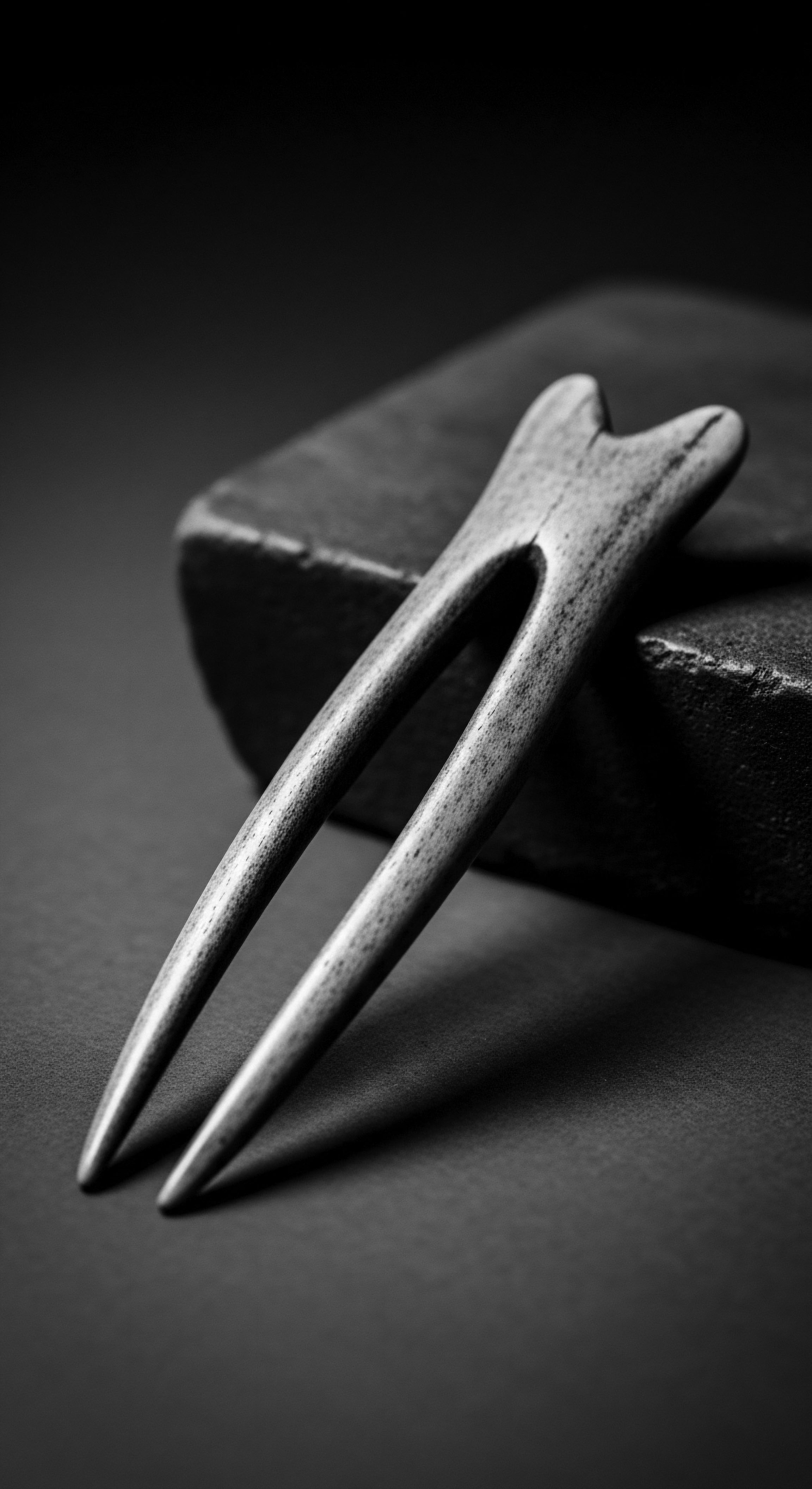
Roots
To truly grasp the wisdom held within ancient hair care, especially for the intricate helix of textured hair, one must first listen to the earth itself, to the whispers carried on ancestral winds. Our strands, with their unique coils and kinks, are not merely biological structures; they are living archives, repositories of lineage, resilience, and stories stretching back through millennia. What if the answers to our modern hair challenges—the persistent dryness, the quest for definition, the desire for genuine health—have always been etched into the very fabric of historical practices, awaiting rediscovery? This inquiry calls us to journey beyond superficial solutions, inviting a profound connection with the traditions that shaped hair care for generations.

Understanding the Strand’s Ancestry
The very biology of textured hair, from its elliptical follicle to its varied curl patterns, presents a unique set of needs. For centuries, our ancestors, across diverse landscapes, intuitively understood these distinctions. They did not possess electron microscopes, yet their practices spoke to an innate comprehension of hair’s architecture.
They observed how environmental conditions, dietary patterns, and daily rituals shaped the vitality of their hair. The resilience seen in many ancient hair traditions speaks to a deep, practical knowledge of what the hair fiber truly requires to flourish.
Ancient hair care wisdom, rooted in ancestral practices, offers profound insights into the unique needs of textured hair, transcending mere aesthetics.
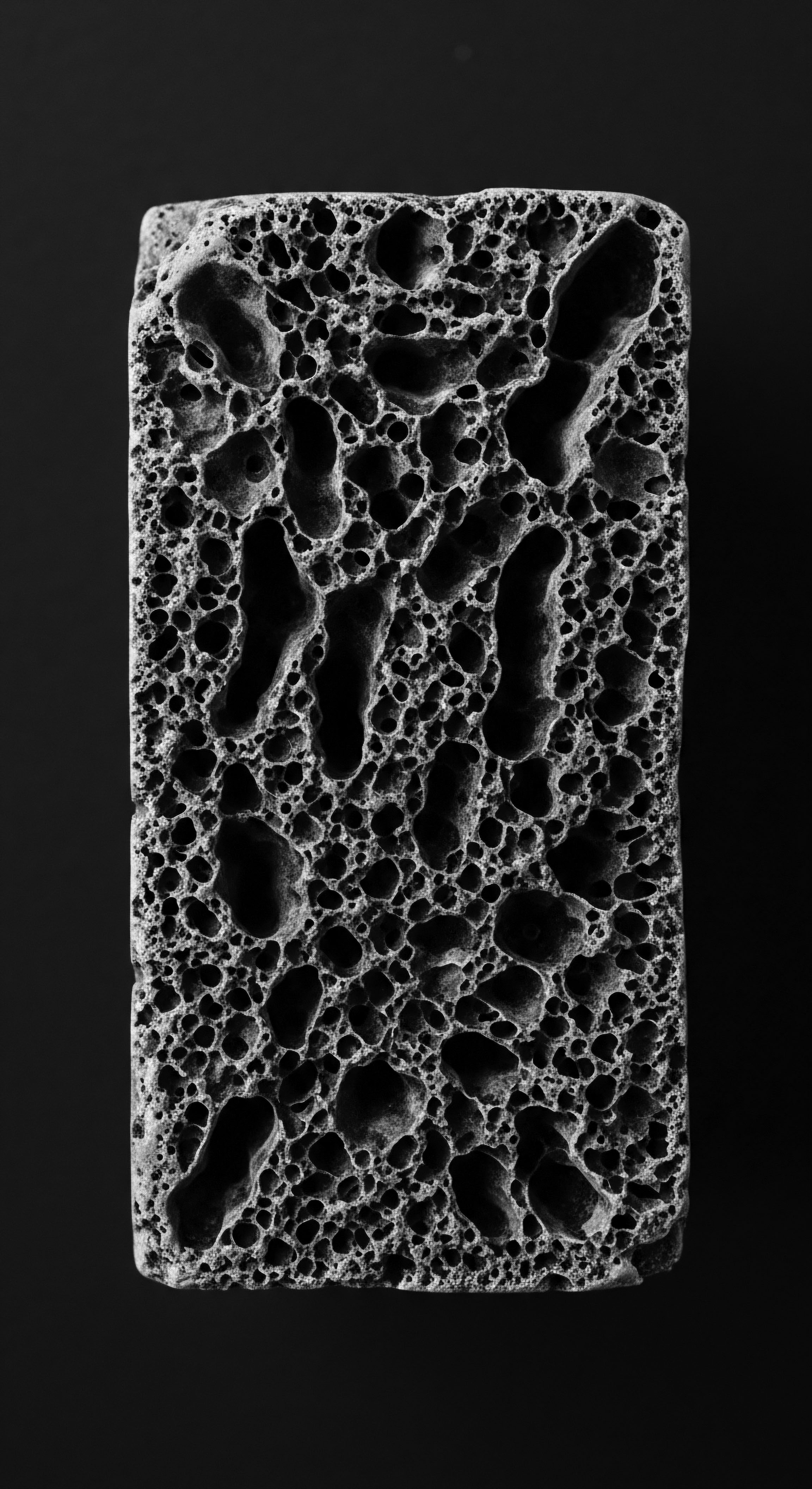
Hair’s Structural Echoes
Consider the hair shaft itself, a marvel of biological engineering. For textured hair, the cuticle layers, those delicate shingles protecting the inner cortex, often lift more readily due to the bends and twists of the strand. This characteristic, while contributing to its magnificent volume and shape, also renders it more susceptible to moisture loss and breakage. Ancient communities, without explicit scientific terms, recognized this vulnerability.
Their responses were not accidental; they were thoughtful adaptations, born of observation and generational trial. The practices they cultivated—from diligent oiling to protective styling—served to fortify these very cuticles, preserving the strand’s integrity against environmental stressors.
- Follicle Shape ❉ The elliptical or flattened shape of the follicle in textured hair creates the distinctive coil, dictating how the hair grows from the scalp.
- Cuticle Orientation ❉ The cuticles on a coiled strand are often more raised, presenting a greater surface area for moisture to escape.
- Density Variation ❉ Textured hair can appear denser due to its volume, yet individual strands may be finer, requiring different handling.
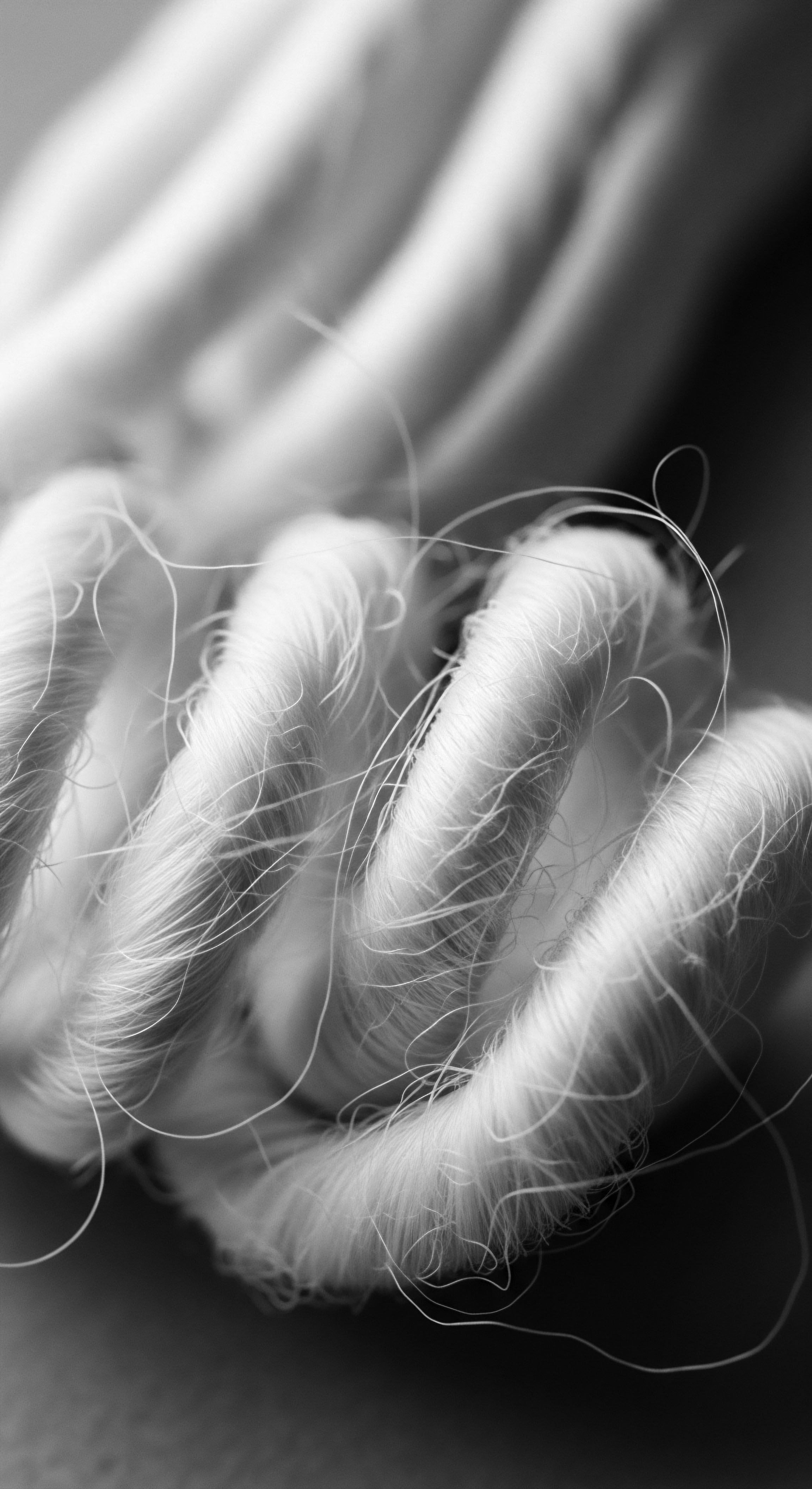
Traditional Classifications and Their Meanings
Before modern classification systems attempted to categorize hair types, ancestral societies often recognized hair not just by its curl pattern, but by its symbolic significance, its texture’s response to natural elements, and its role in communal identity. These were not rigid categorizations but rather fluid understandings, deeply intertwined with cultural meaning and purpose. For instance, hair that held styles well might be favored for elaborate ceremonial adornments, while hair that responded readily to specific herbal infusions was valued for its health and luster. This deep appreciation for hair’s inherent qualities, rather than a deficit-based view, guided their care practices.
| Aspect of Hair Moisture Retention |
| Ancestral Perception Hair that "drinks" or "absorbs" moisture readily, often requiring consistent application of oils or butters. |
| Modern Scientific Link Linked to cuticle structure and porosity; high porosity hair absorbs and loses water quickly. |
| Aspect of Hair Strength and Resilience |
| Ancestral Perception Hair that withstands daily styling, environmental exposure, and holds its shape without snapping. |
| Modern Scientific Link Relates to protein bonds, elasticity, and the hair's ability to resist tensile stress. |
| Aspect of Hair Styling Adaptability |
| Ancestral Perception Hair that can be easily braided, twisted, or manipulated into complex, long-lasting styles. |
| Modern Scientific Link Associated with curl memory, elasticity, and the natural cohesion of strands. |
| Aspect of Hair The deep ancestral comprehension of hair's properties laid the groundwork for care strategies that continue to resonate. |
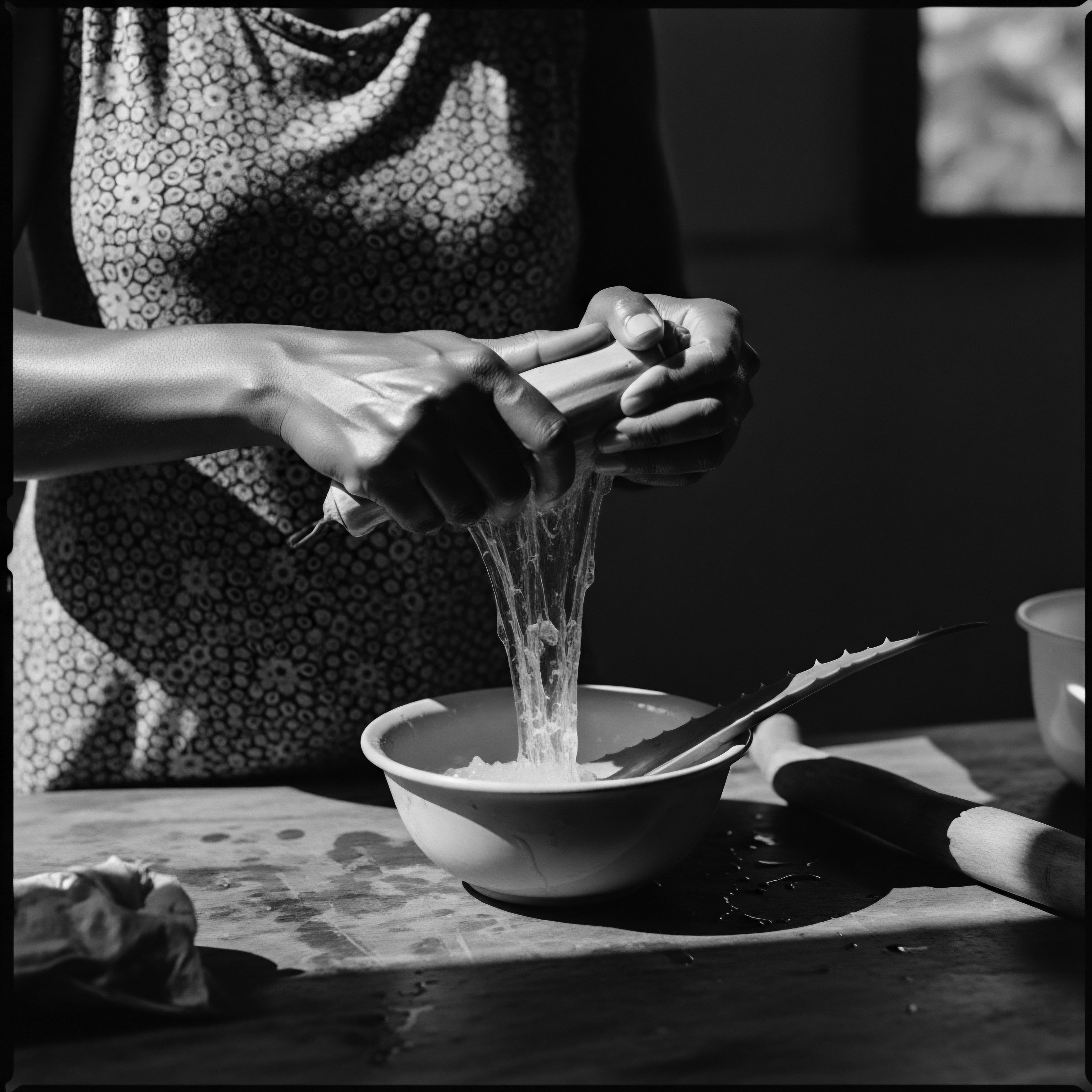
Ancestral Lexicon of Hair
The words used to describe hair in ancient tongues often carried a weight of meaning far beyond simple description. They spoke of connection to the divine, to status, to community, and to the earth. Consider the Himba people of Namibia, whose distinctive hair practice, Otjize, is not merely a cosmetic application but a deeply symbolic act. This paste, a mixture of ochre, butterfat, and aromatic resins, serves as a natural sunscreen, insect repellent, and a profound cultural marker (Crabtree, 2017).
The creation and application of otjize is a daily ritual, reflecting an ancestral understanding of hair as a living extension of self, requiring continuous nourishment and protection. This tradition illustrates a holistic approach where hair care is indistinguishable from spiritual and communal life.
The very act of naming hair textures or styles in various African languages often conveyed its spirit or its connection to nature. These were not just descriptors; they were acknowledgments of the hair’s inherent vitality and its place within a broader cosmic order.

Ritual
Having contemplated the foundational essence of textured hair and its deep lineage, we now step into the realm of applied wisdom—the living, breathing rituals that have shaped its care across generations. For those who seek genuine solutions for their textured hair, the practices of the past offer not just historical curiosity but a profound wellspring of practical knowledge. It is a journey from the intrinsic understanding of the strand to the mindful application of techniques and tools, where every motion becomes a tender dialogue with our hair’s heritage. This section considers how ancient wisdom, often expressed through ritual, provides a timeless blueprint for contemporary textured hair challenges.
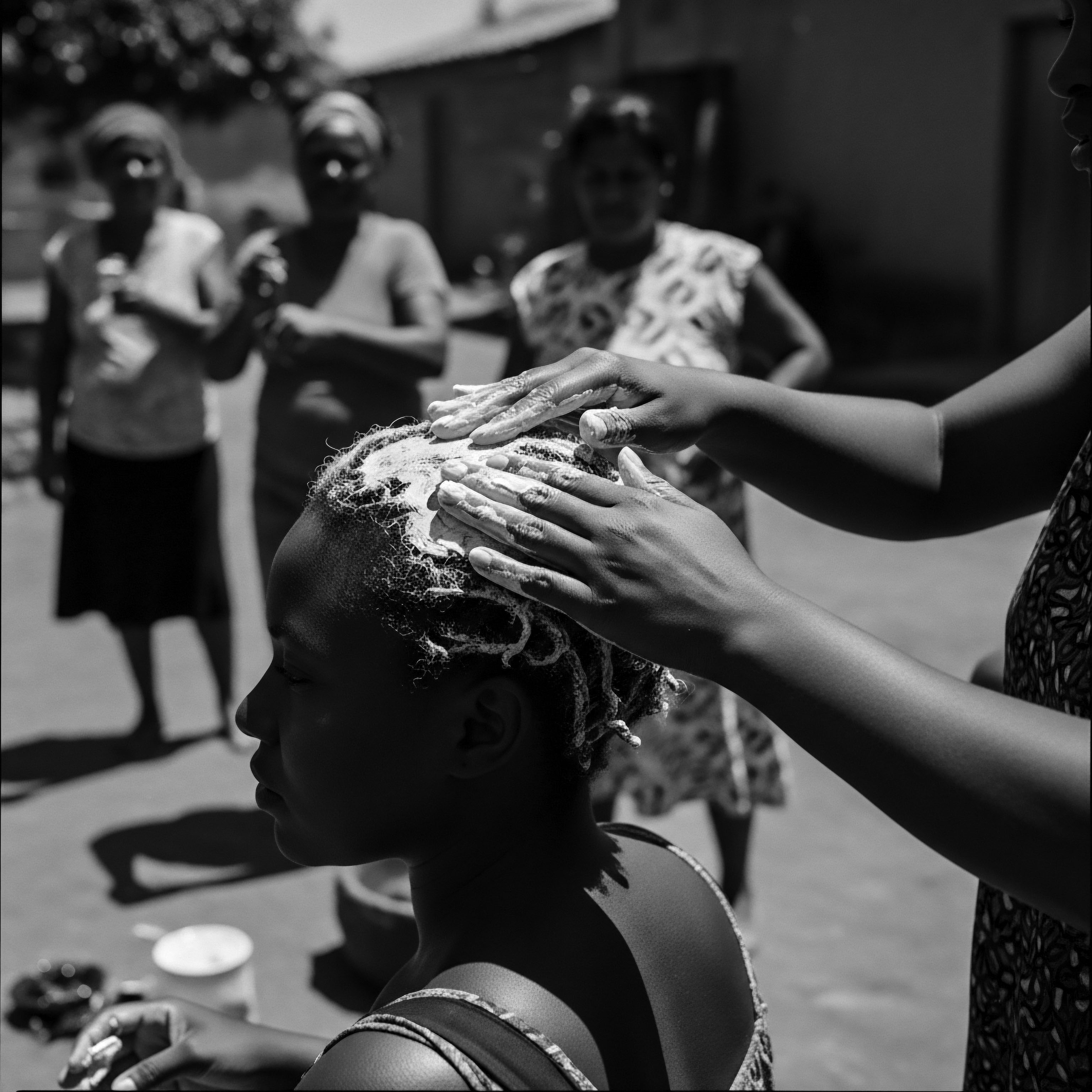
The Enduring Power of Protective Styling
Protective styles, a cornerstone of textured hair care today, are not a modern invention; they are a direct inheritance from our ancestors. These styles—braids, twists, cornrows, and various forms of coiling—were developed not only for aesthetic appeal but primarily for their ability to safeguard the hair from environmental damage, minimize tangling, and promote length retention. In many ancient African societies, elaborate braiding patterns communicated marital status, age, tribal affiliation, and even spiritual beliefs. The intricate designs often required hours of communal effort, transforming hair styling into a shared social ritual, reinforcing bonds and transmitting cultural narratives.
Protective styles, inherited from ancient traditions, shield textured hair from environmental stressors and breakage, embodying both artistry and preservation.
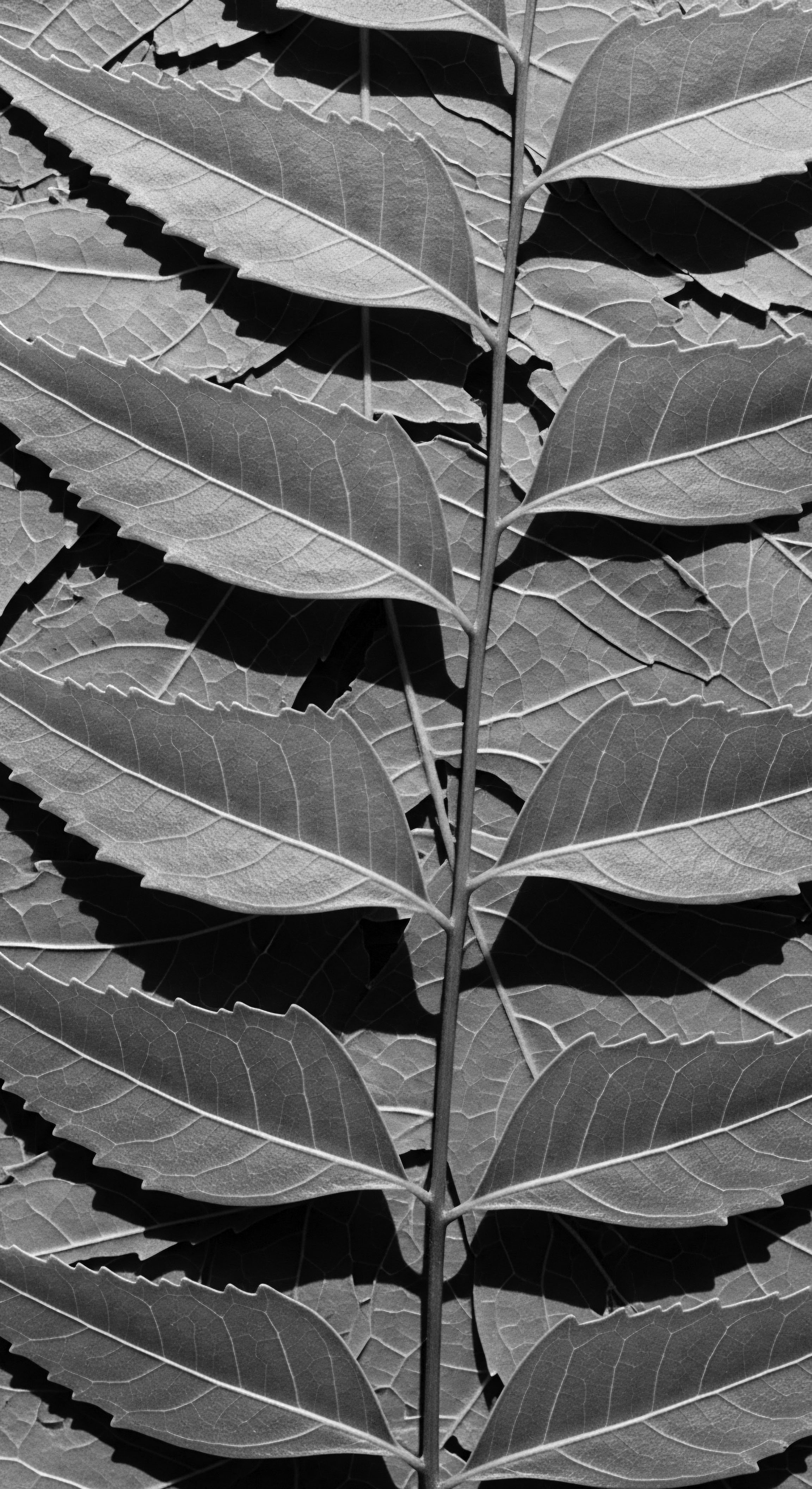
Ancestral Roots of Protective Styling
The historical significance of protective styling runs deep. For instance, in ancient Egypt, intricate braids and wigs were common, not only as symbols of status but also to protect the scalp from the harsh desert sun. Similarly, West African cultures developed a myriad of braiding techniques, each with specific names and meanings, often passed down through matriarchal lines. These techniques, perfected over centuries, understood the need to keep fragile ends tucked away, to distribute tension evenly across the scalp, and to allow the hair to rest and retain moisture.
- Cornrows ❉ Originating in Africa, these close-to-the-scalp braids protected hair during daily activities and served as social markers.
- Bantu Knots ❉ While a styling technique, they also offer a protective method for coiling hair, often used for setting curl patterns.
- Thread Wrapping ❉ An ancient African method of stretching and protecting hair without heat, preserving its length and moisture.
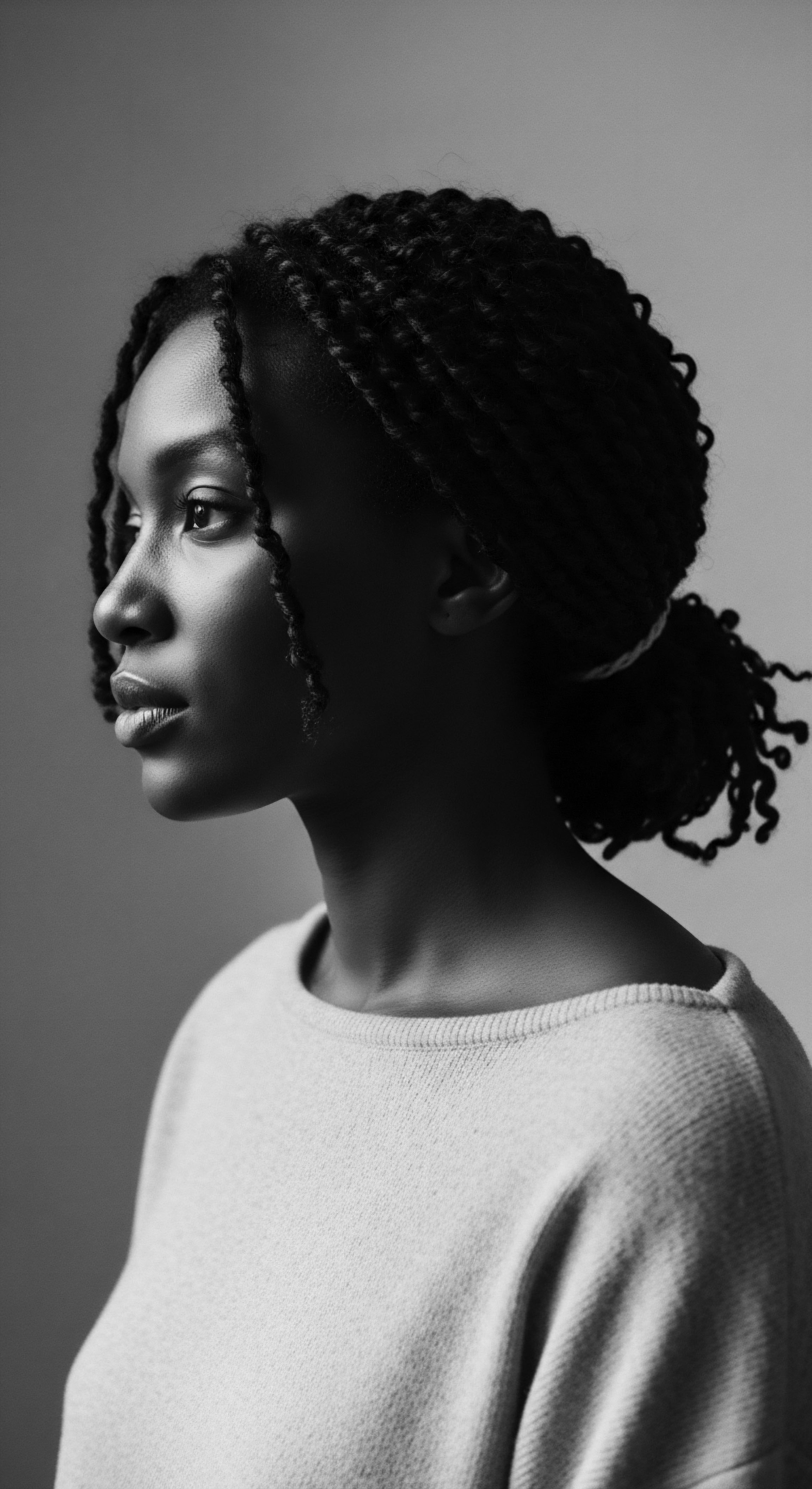
Natural Definition Techniques from Antiquity
The desire for defined curls and coils is not a modern aesthetic; it is a timeless appreciation for the inherent beauty of textured hair. Long before gels and mousses, ancient communities used natural elements to enhance and maintain their hair’s natural patterns. Plant-based mucilages, rich oils, and specific drying techniques were employed to coax out definition and reduce frizz. The careful application of these natural agents speaks to an understanding of hair’s porosity and its need for specific moisture and lipid balances.
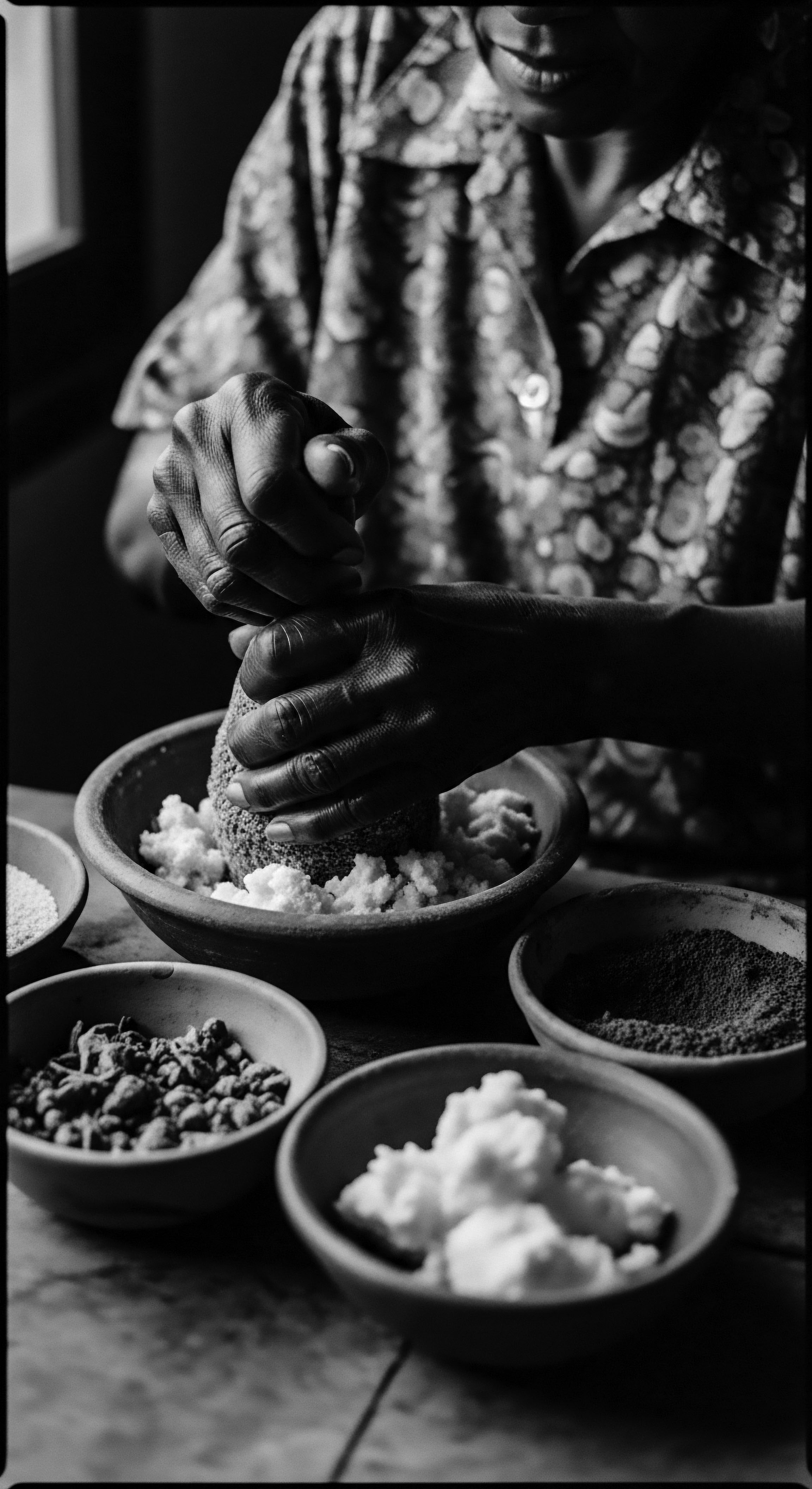
Herbal Infusions and Plant Mucilages
Many ancestral societies turned to the plant kingdom for their hair care needs. The use of slippery elm bark or marshmallow root, for instance, provides a natural slip and detangling property, akin to modern conditioners. Similarly, aloe vera, revered across cultures, offered both moisture and a light hold.
These ingredients were not just applied; they were often prepared through slow infusions or macerations, allowing their beneficial properties to fully permeate the hair strands. The careful preparation itself became a ritual, a connection to the earth’s bounty.
| Traditional Ingredient Aloe Vera |
| Ancestral Application Applied as a gel or juice for moisture, soothing scalp, and light hold. |
| Modern Hair Benefit Connection Humectant, anti-inflammatory, mild styling agent. |
| Traditional Ingredient Shea Butter |
| Ancestral Application Melted and massaged into hair for moisture, sheen, and protection. |
| Modern Hair Benefit Connection Emollient, seals moisture, reduces breakage, provides softness. |
| Traditional Ingredient Fenugreek Seeds |
| Ancestral Application Soaked and ground into a paste for strengthening, growth, and conditioning. |
| Modern Hair Benefit Connection Protein and nutrient-rich, can reduce hair fall and improve texture. |
| Traditional Ingredient The deliberate use of natural elements reveals a deep ancestral understanding of hair's intrinsic needs. |
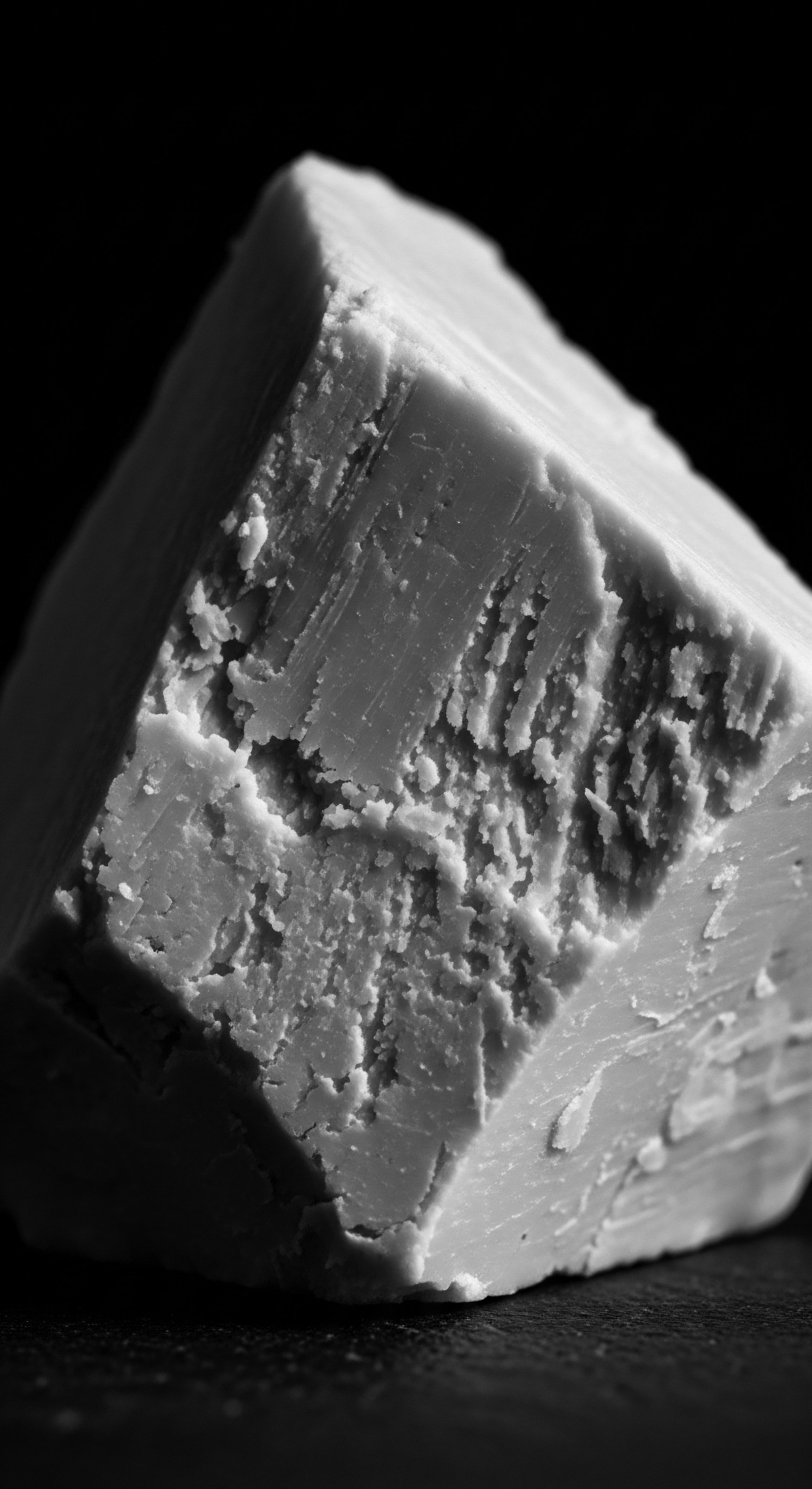
Tools of the Ancestors
The tools employed in ancient hair care were extensions of the hands, crafted from natural materials and imbued with purpose. Combs carved from wood or bone, simple yet effective, were designed to navigate coils without causing undue stress. The hands themselves, often coated in nourishing oils, served as the primary tools for detangling and styling, emphasizing a gentle, deliberate approach.
The very act of caring for hair was a tactile experience, a direct interaction with the strand, fostering a bond between the individual and their hair. This intimate connection, a hallmark of ancestral care, reminds us of the wisdom in slow, mindful engagement with our hair.
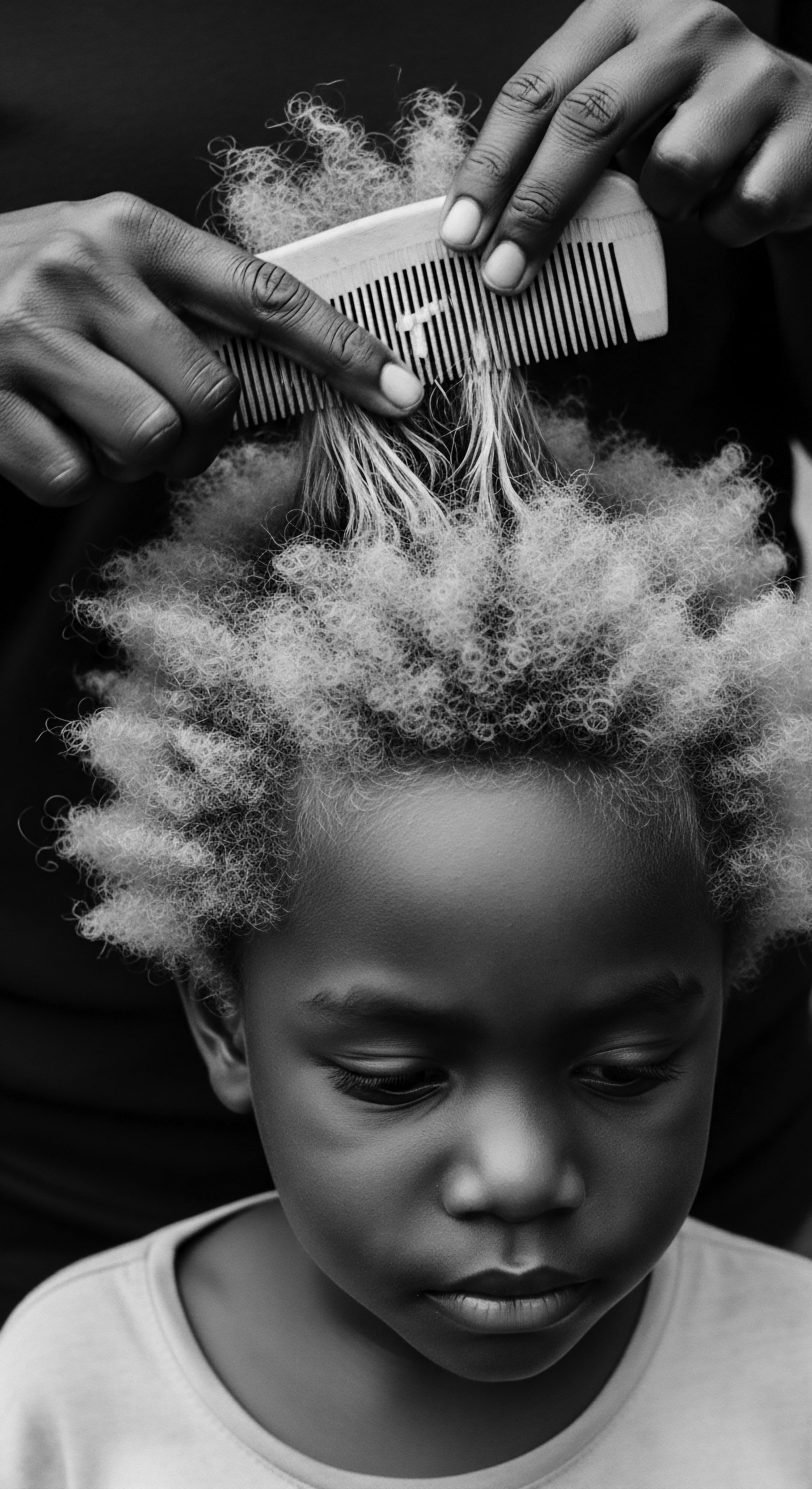
Relay
As we move deeper into the continuum of textured hair wisdom, from its foundational biology to its ritualistic expressions, we arrive at a space where the echoes of ancient care meet the complexities of modern life. How does this enduring wisdom, born of ancestral ingenuity, truly reshape our understanding of holistic care and problem-solving for textured hair in the contemporary world? This inquiry compels us to consider not just individual practices, but the profound interplay of biology, culture, and the very essence of identity. Here, we delve into the sophisticated dialogue between historical precedent and current scientific insight, revealing how heritage serves as a guiding light for future hair health.

Building Personalized Regimens From Ancient Templates
The modern quest for a “perfect” hair regimen often feels overwhelming, a labyrinth of products and conflicting advice. Yet, ancient wisdom offers a refreshing clarity ❉ personalized care, rooted in observation and responsiveness. Ancestral communities did not subscribe to a one-size-fits-all approach. Instead, they adapted their practices to individual hair types, environmental conditions, and seasonal changes.
This adaptability, this nuanced understanding of individual needs, forms the bedrock of truly effective hair care. It suggests that the most profound solutions for textured hair challenges lie not in rigid adherence to external trends, but in a sensitive attunement to our own unique strands, informed by the timeless principles of nourishment and protection.
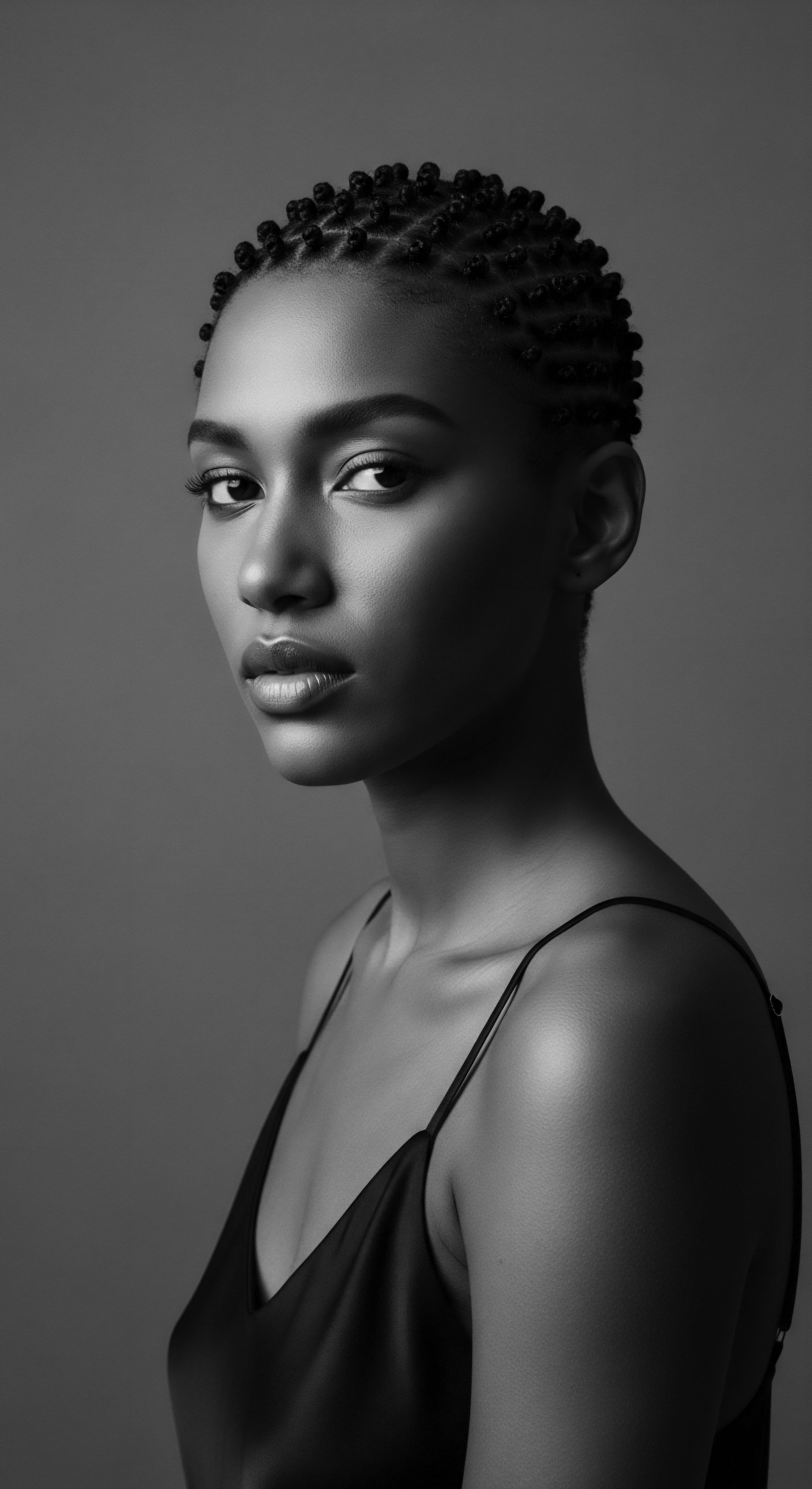
The Rhythm of Seasonal Care
Many traditional societies observed the rhythms of nature, adjusting their hair care to align with the seasons. During drier periods, more intensive moisturizing treatments might be employed, perhaps using heavier butters or longer oiling sessions. In humid seasons, lighter infusions might be favored to maintain balance.
This seasonal responsiveness, often overlooked in modern routines, offers a powerful template for optimizing hair health. It acknowledges that our hair, like all living things, responds to its environment and requires a dynamic approach to care.
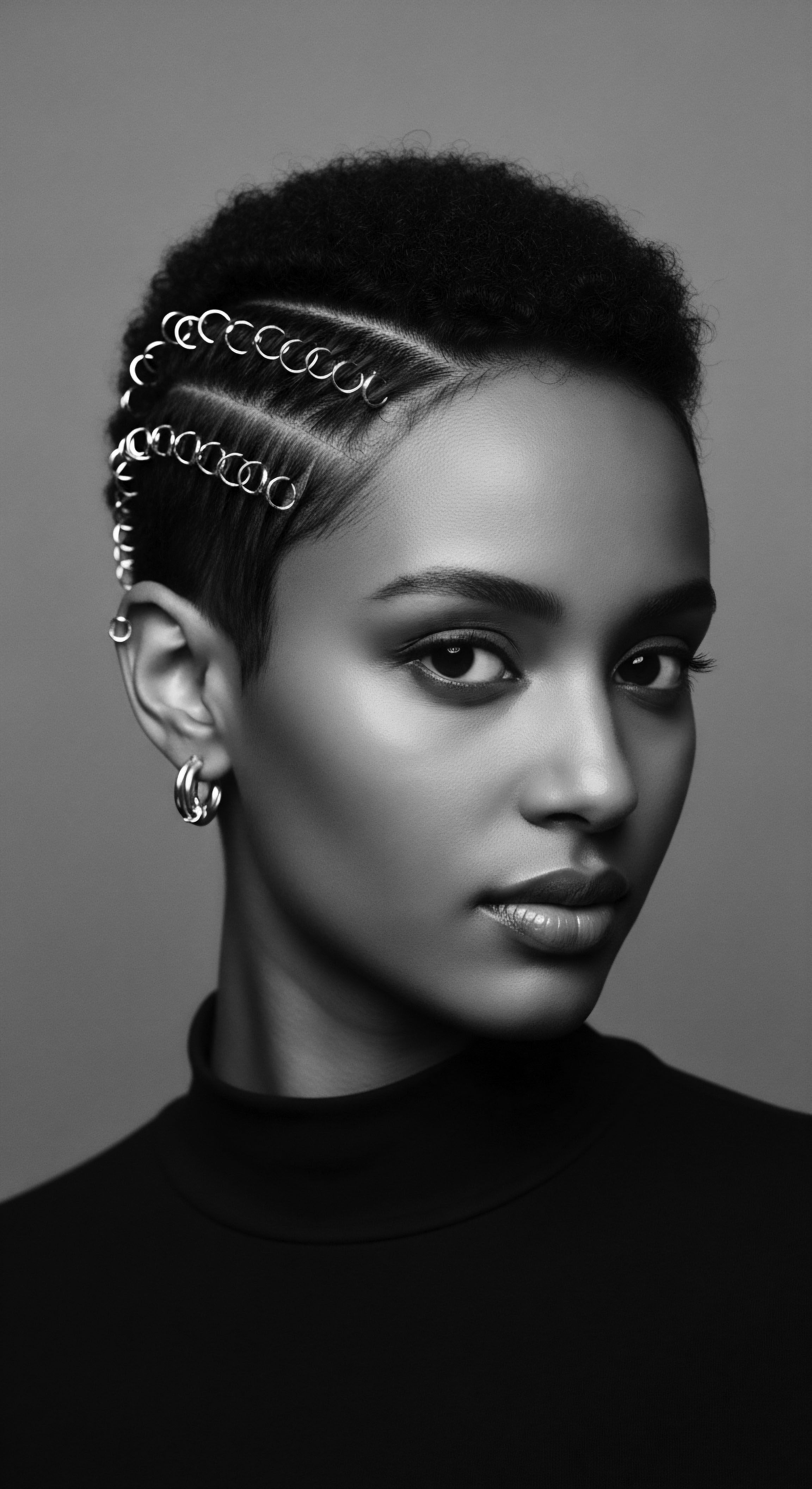
The Nighttime Sanctuary and Bonnet Wisdom
The concept of protecting hair during sleep is an ancestral legacy, particularly resonant for textured hair. Long before satin pillowcases became widely marketed, communities understood the value of covering hair at night. This practice was not merely about preserving a style; it was about safeguarding the hair’s delicate structure from friction, minimizing moisture loss, and preventing tangles. The bonnet, in its various forms, represents a continuous thread of wisdom, a simple yet profoundly effective tool for maintaining hair health overnight.
Nighttime hair protection, a practice spanning generations, remains a fundamental strategy for preserving textured hair’s moisture and structural integrity.
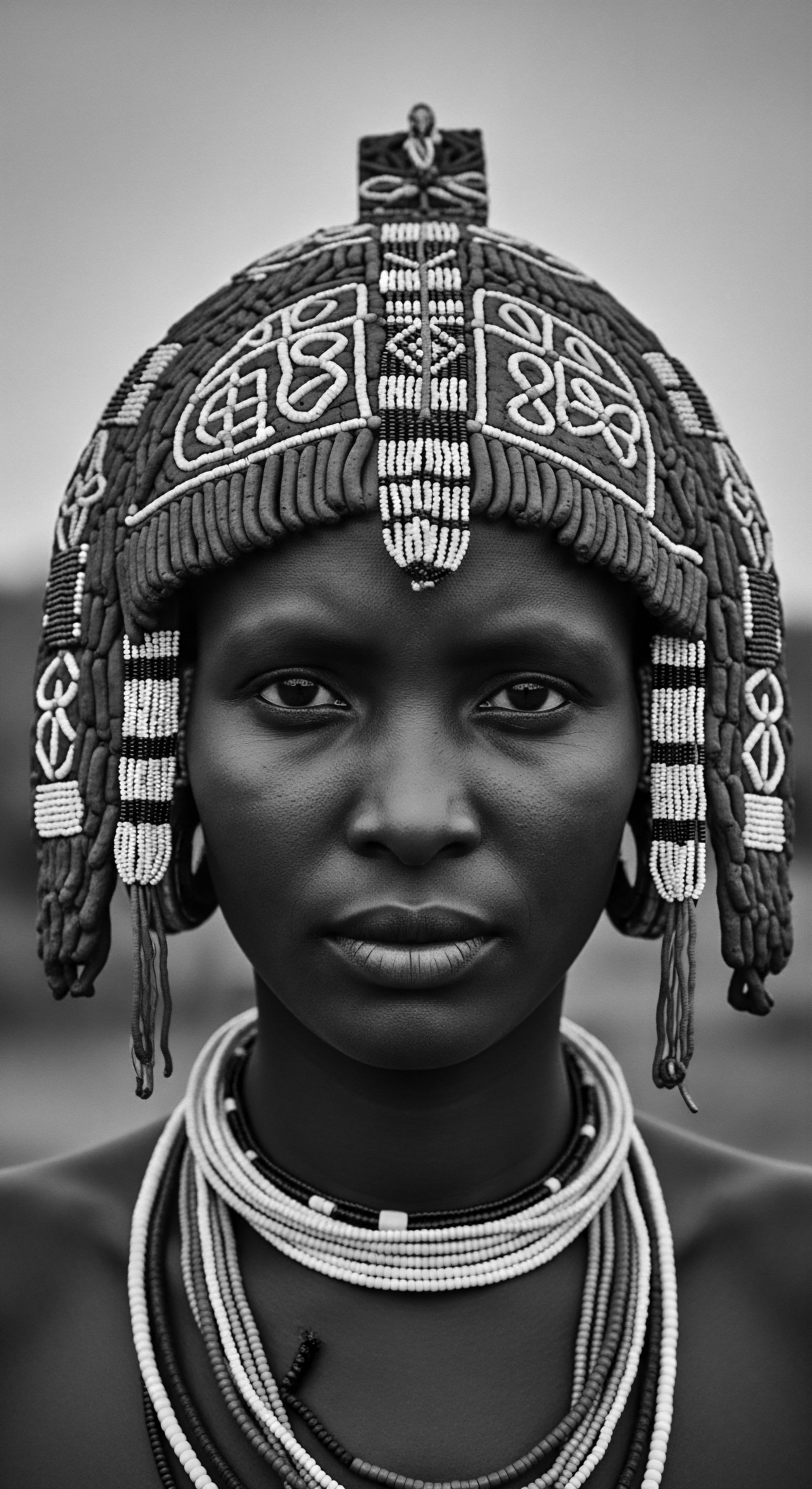
Historical Basis of Hair Wraps
Across different cultures, various forms of headwraps and coverings were used, not just for modesty or adornment, but also for practical hair protection. In many West African traditions, elaborate headwraps were common, serving multiple purposes including hygiene and preservation of intricate hairstyles. These wraps, often made from natural fibers, created a protective barrier against dust, debris, and the abrasive effects of sleeping surfaces. This ancestral practice, passed down through generations, directly addresses the modern challenge of maintaining moisture and preventing breakage in textured hair during sleep.
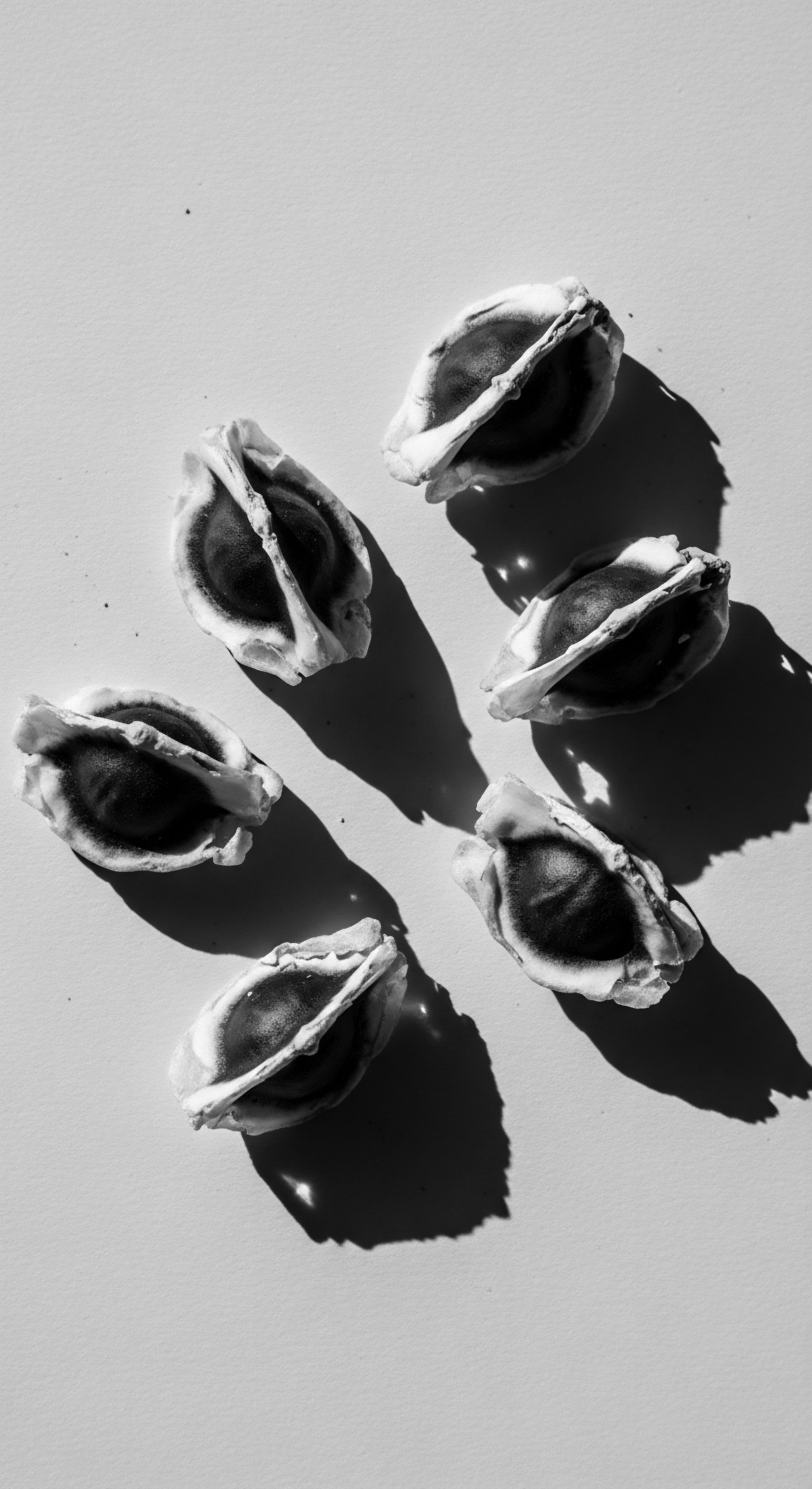
Ingredient Deep Dives from Ancestral Gardens
The plant world served as the primary pharmacy for ancient hair care, and its offerings continue to provide potent solutions for modern textured hair challenges. Instead of a superficial overview, a deeper examination of these traditional ingredients reveals their sophisticated biochemical properties, often validated by contemporary science.
- Chebe Powder ❉ Hailing from Chad, this blend of seeds, resin, and other natural ingredients is traditionally used to strengthen hair, reduce breakage, and promote length retention. Its efficacy lies in its ability to seal moisture into the hair shaft, making it less prone to snapping.
- Rhassoul Clay ❉ Sourced from the Atlas Mountains of Morocco, this mineral-rich clay has been used for centuries as a cleanser and conditioner. It gently removes impurities without stripping natural oils, leaving hair soft and voluminous.
- Amla (Indian Gooseberry) ❉ A staple in Ayurvedic traditions, amla oil is revered for its ability to promote hair growth, reduce premature graying, and strengthen hair follicles. It is rich in antioxidants and Vitamin C.
The deliberate selection and preparation of these ingredients by ancestral practitioners speak to an intuitive ethnobotanical knowledge. They understood the symbiotic relationship between plant properties and hair needs, a wisdom that modern science is only now beginning to fully quantify.
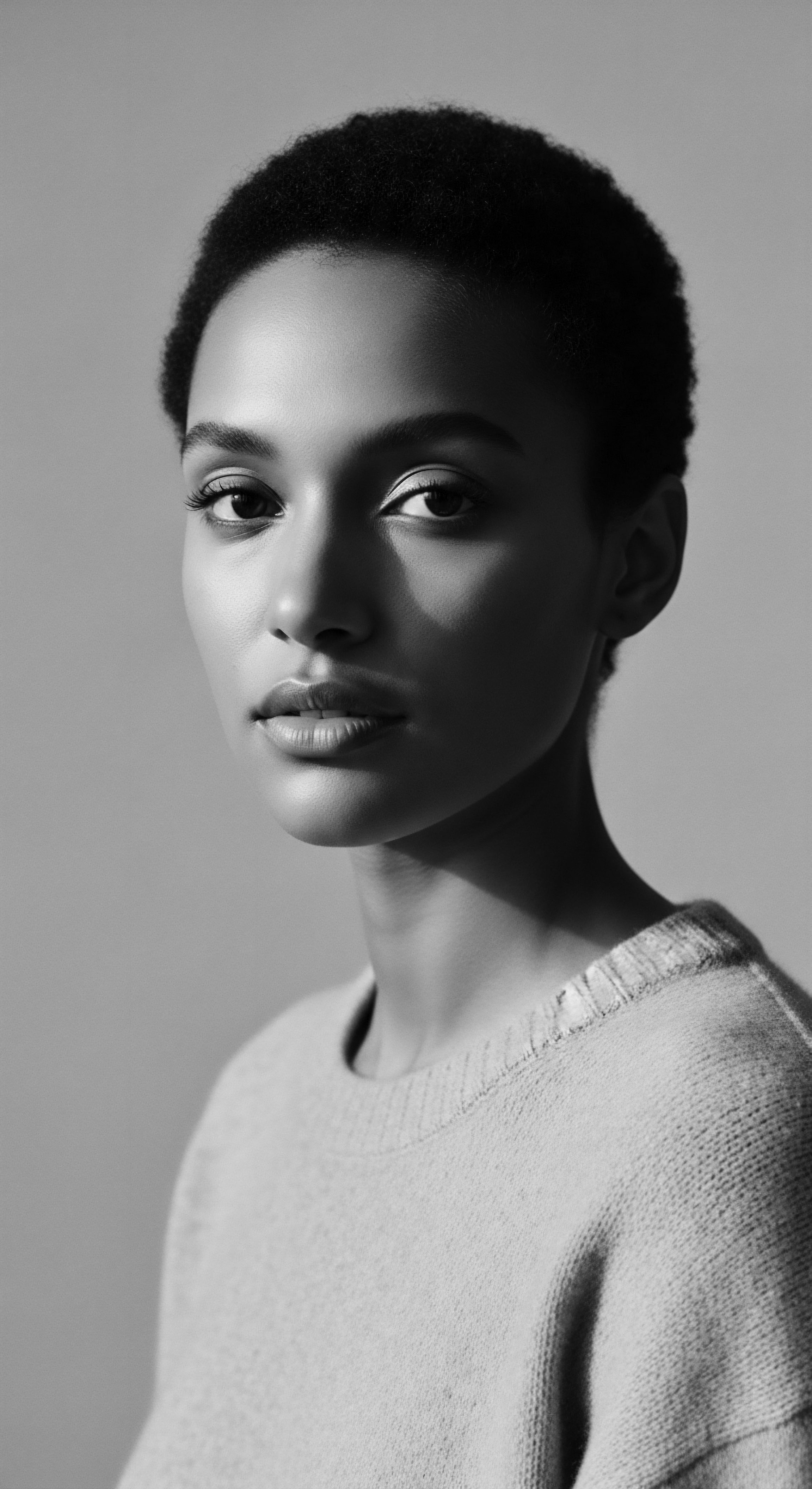
Addressing Modern Challenges with Ancient Solutions
Many contemporary textured hair challenges—dryness, breakage, lack of definition, scalp issues—find parallels in the historical struggles and solutions of our ancestors.
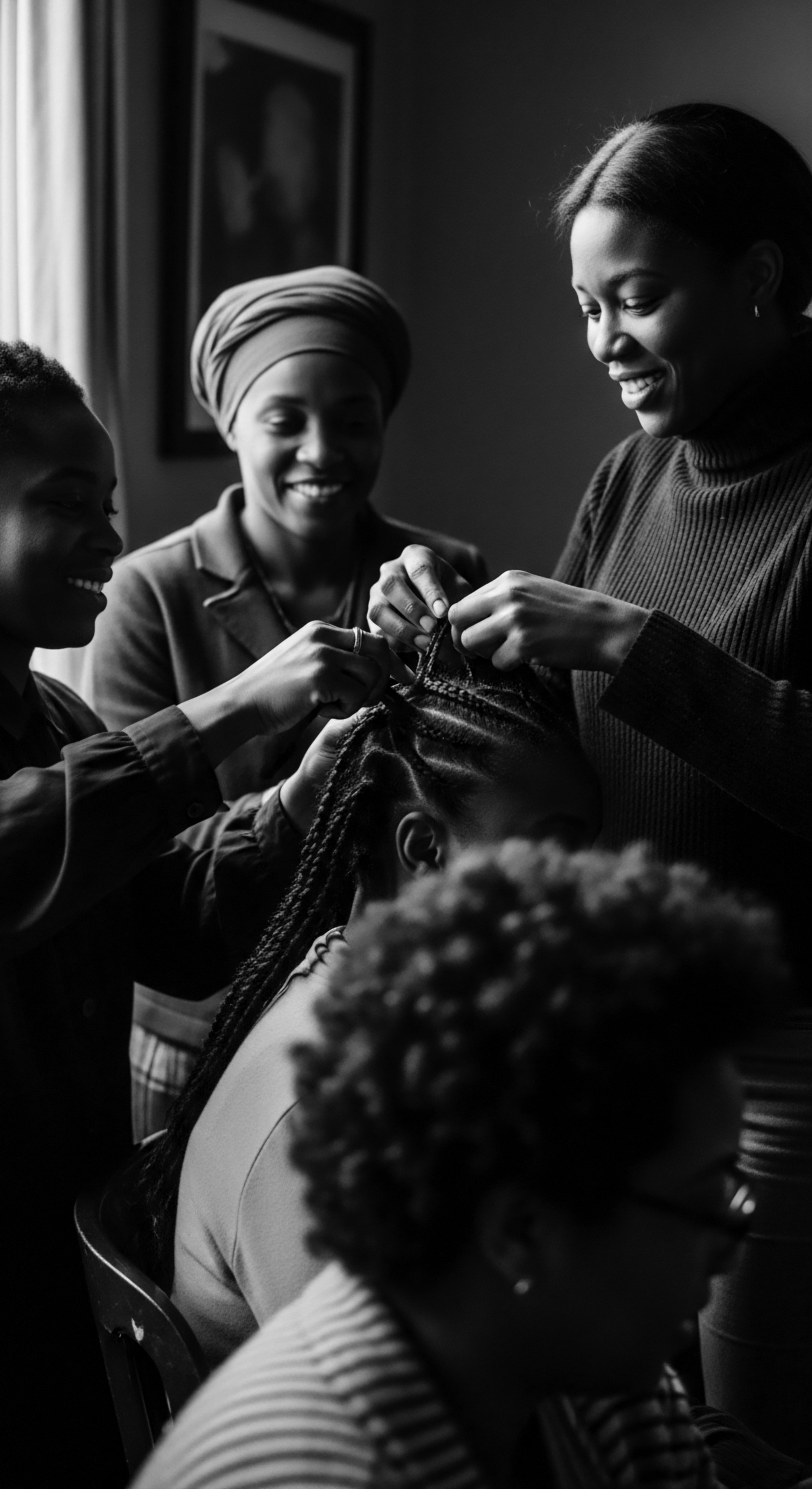
The Challenge of Dryness
Textured hair, due to its structural characteristics, is inherently prone to dryness. Ancient solutions, such as consistent oiling and butter applications, directly counter this. The layered approach of applying water (a humectant), followed by oils and butters (emollients and sealants), mimics the modern “LOC” (Liquid, Oil, Cream) method. This layering creates a protective barrier, locking in moisture and preventing its rapid evaporation.
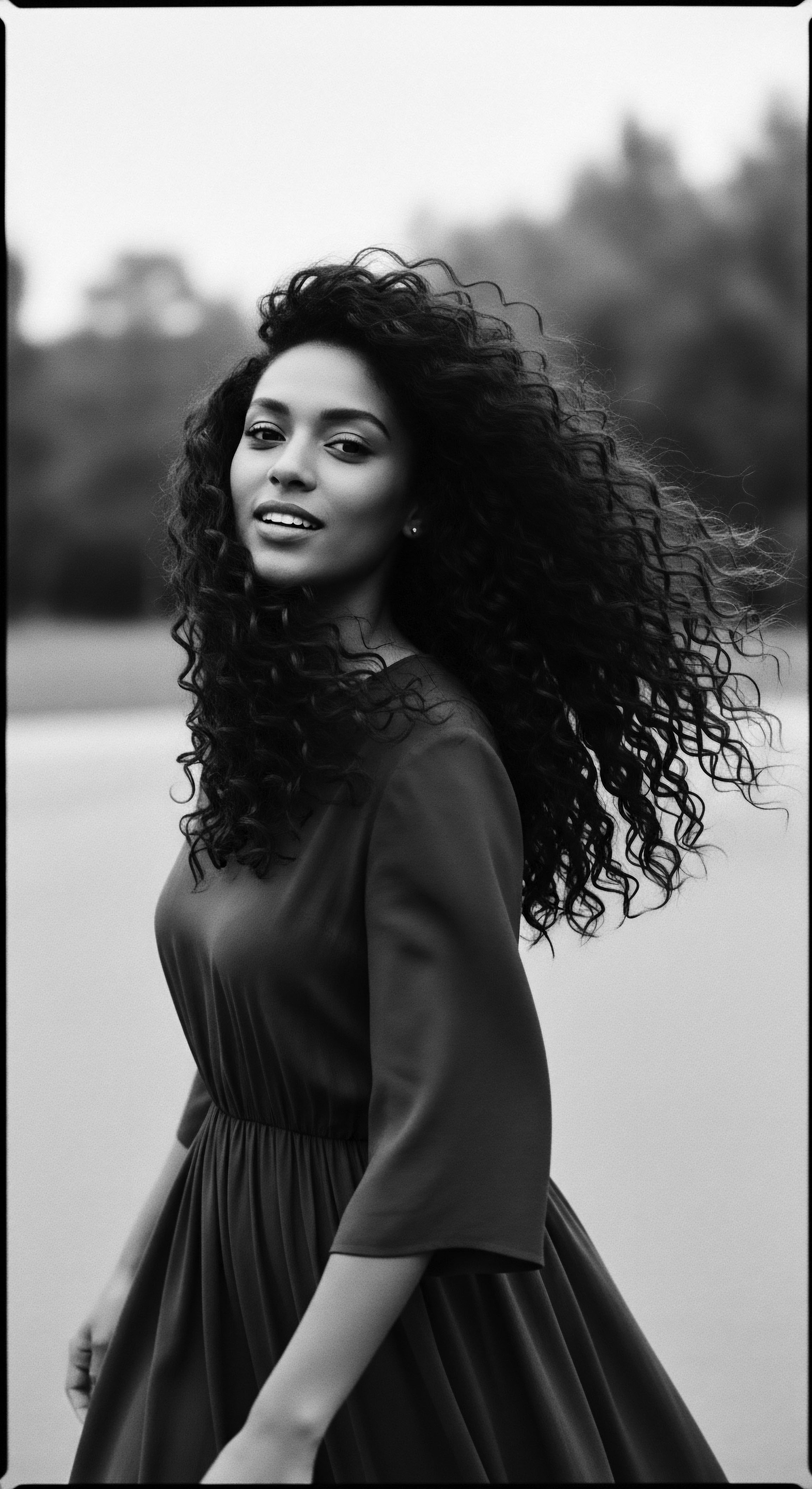
Scalp Health as the Foundation
Ancestral practices consistently prioritized scalp health as the foundation for vibrant hair. Scalp massages with infused oils, the use of clarifying clays, and herbal rinses were common. These practices promoted blood circulation, cleansed the scalp without harsh detergents, and delivered nutrients directly to the follicles. This holistic view, where the scalp is seen as fertile ground for hair growth, offers a powerful antidote to modern issues like product buildup and irritation.
| Modern Textured Hair Challenge Chronic Dryness |
| Ancestral Solution/Practice Consistent oiling with natural oils (e.g. shea butter, coconut oil, argan oil), water-based rinses. |
| Modern Textured Hair Challenge Breakage and Weakness |
| Ancestral Solution/Practice Protective styling (braids, twists), herbal strengthening treatments (e.g. Chebe powder, amla). |
| Modern Textured Hair Challenge Lack of Definition/Frizz |
| Ancestral Solution/Practice Plant-based mucilages (e.g. aloe vera, flaxseed gel), deliberate coiling techniques, minimal manipulation. |
| Modern Textured Hair Challenge Scalp Irritation/Dandruff |
| Ancestral Solution/Practice Herbal rinses (e.g. neem, tea tree), gentle clay cleansers, scalp massages with soothing oils. |
| Modern Textured Hair Challenge The enduring efficacy of ancestral methods demonstrates their timeless relevance for contemporary textured hair care. |
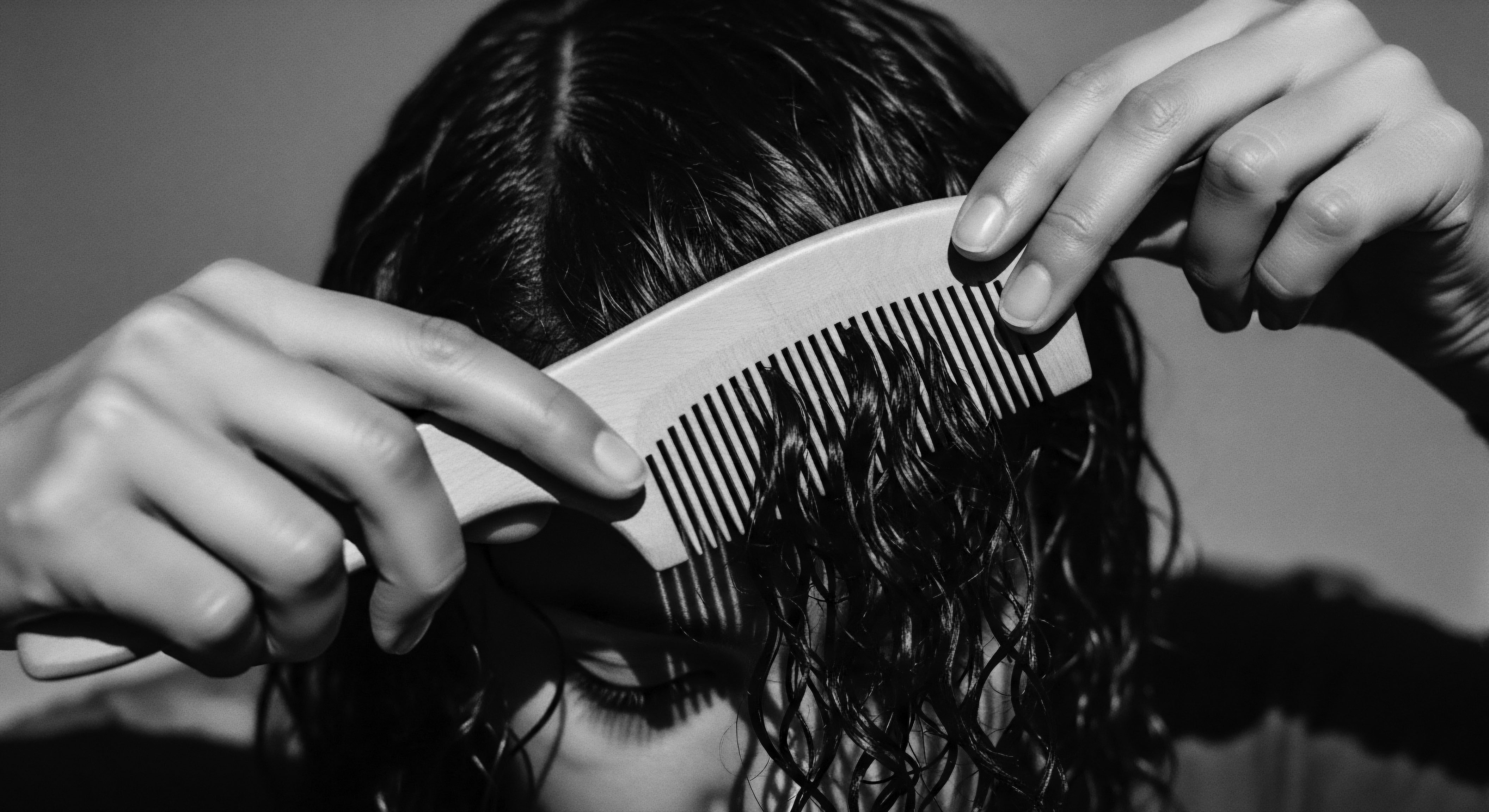
Holistic Influences on Hair Health
Beyond topical applications, ancient wisdom consistently linked hair health to overall wellbeing. Diet, spiritual practices, and communal harmony were understood to reflect in the vibrancy of one’s hair. A nutrient-rich diet, often abundant in plant-based foods and healthy fats, provided the internal building blocks for strong strands. Stress reduction, achieved through communal rituals and a connection to nature, also played a role, as chronic stress is known to impact hair cycles.
This integrated view, where hair is a mirror of internal balance, offers a profound perspective often missing from purely cosmetic approaches. It urges us to consider the body as a whole, a living system where every part is interconnected, drawing strength from a balanced existence.
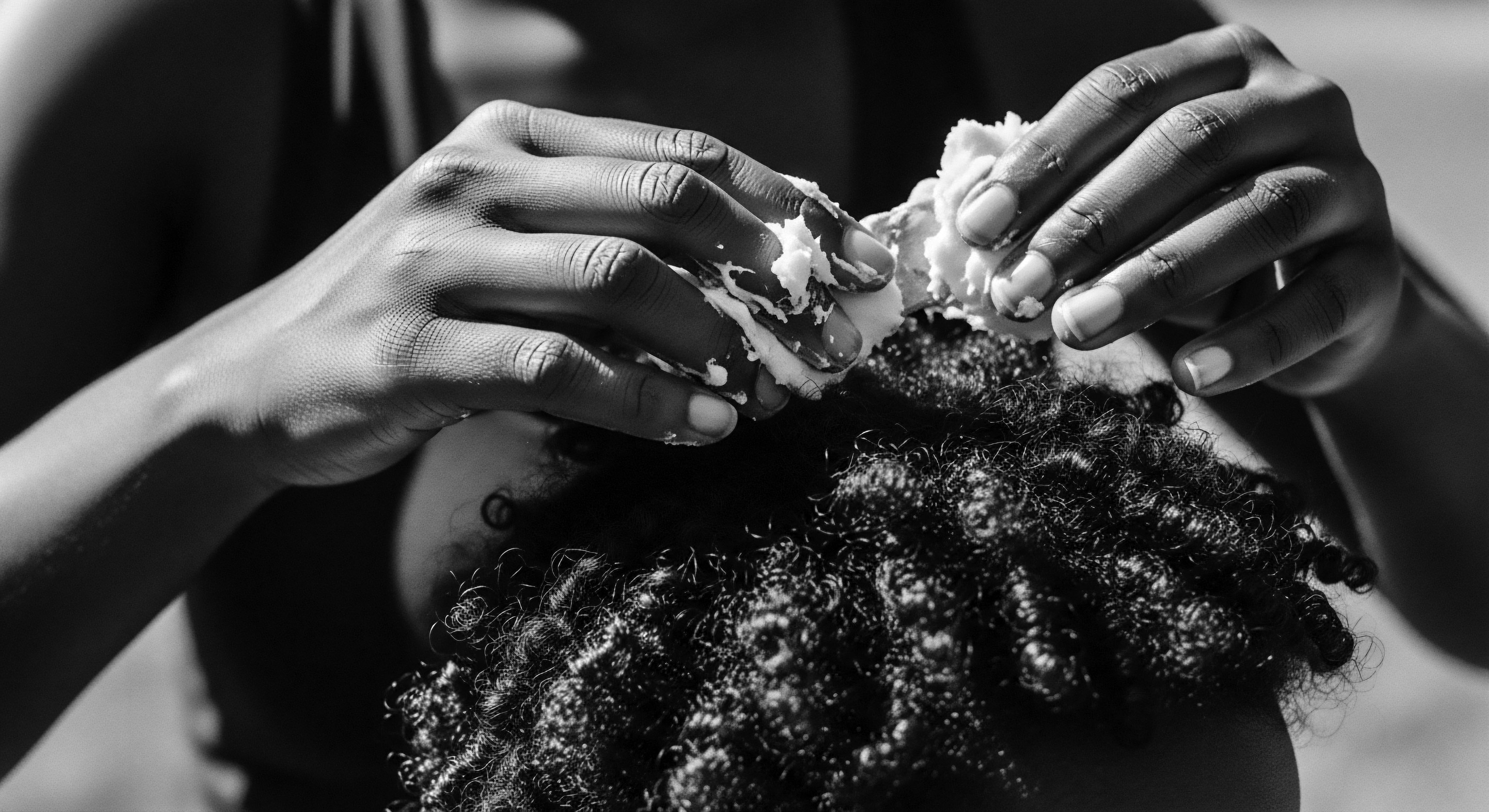
Reflection
Our journey through the interwoven strands of ancient hair care wisdom and modern textured hair challenges reveals not a simple linear progression, but a cyclical return to profound truths. The answers we seek for our hair today are often echoes from a distant, yet ever-present, past. This exploration has been a meditation on the enduring legacy of textured hair, its boundless heritage, and the tender care it has received across countless generations. To recognize the deep ingenuity embedded in ancestral practices—from the Himba’s otjize to the intricate braiding patterns of West Africa—is to acknowledge that our hair is not just a biological feature, but a vibrant testament to survival, creativity, and identity.
It is a living, breathing archive, each strand a thread in the collective story of resilience and beauty. The ‘Soul of a Strand’ ethos, indeed, reminds us that by honoring these deep roots, we not only nurture our hair, but also reaffirm our connection to a heritage that continues to shape our present and illuminate our future.
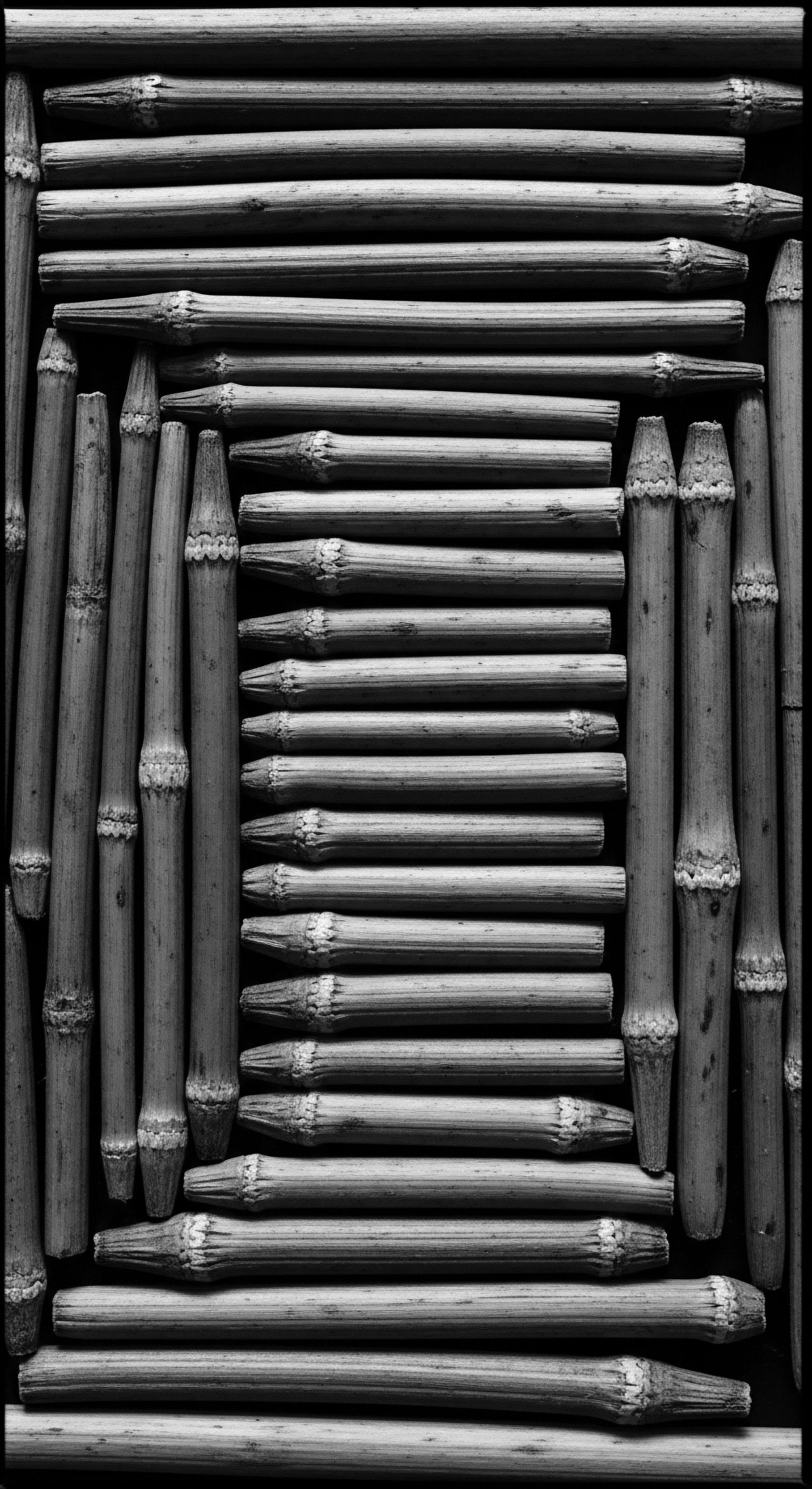
References
- Crabtree, E. (2017). Hair Story ❉ Untangling the Roots of Black Hair in America. St. Martin’s Press.
- Byrd, A. & Tharps, L. (2014). Hair Story ❉ Untangling the Roots of Black Hair in America. St. Martin’s Press.
- Okoro, N. (2015). The Cultural Significance of Hair in African Societies. Journal of African Studies, 4(2), 78-91.
- Palmer, J. (2009). The Roots of Beauty ❉ African American Hair and Identity. University Press of Mississippi.
- Banks, I. (2000). Hair ❉ A Cultural History. Rizzoli.
- Dyer, J. (2007). Native American Hair ❉ Its History, Culture, and Modern Practice. University of Nebraska Press.
- Patton, T. (2006). African American Hair ❉ An Historical and Cultural Perspective. New York University Press.
- Cole, T. (2011). Hair ❉ Its Power and Meaning in Asian Cultures. Columbia University Press.
- Ebony, K. (2019). Natural Hair ❉ The Ultimate Guide to Care and Styling. Simon & Schuster.
- Walker, C. (2018). The Science of Black Hair ❉ A Comprehensive Guide to Textured Hair Care. Self-published.
